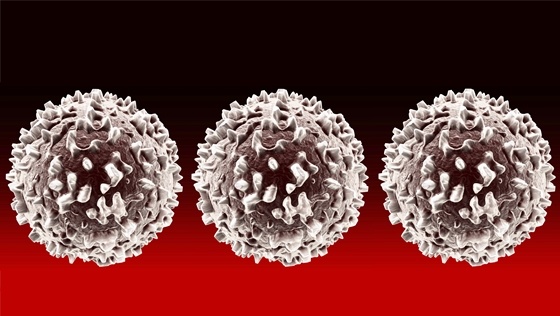
A group of scientists from the Carnegie Mellon University has created a new method for preparing mesenchymal stem cells (MSCs) in a way that produces more active cells. The process also adds an FDA-approved iron-oxide nanoparticle called Ferumoxytol to the stem cells — which makes the cells trackable by magnetic resonance imaging (MRI).
The research team was led by the Professor of Biological Sciences at Carnegie Mellon, Chien Ho and the findings were published in the journal Scientific Reports.
Mesenchymal stem cells are multipotent stem cells that are capable of differentiating into a variety of other cell types including adipocytes (fat cells), osteoblasts (bone cells), myocytes (muscle cells) and chondrocytes (cartilage cells). Researchers believe that the multipotency of mesenchymal stem cells may lead to a number of new treatments in the future.
In addition to repairing bone and cartilage, MSCs may be used to repair damaged heart cells, treat inflammatory conditions and treat autoimmune diseases.
Mesenchymal stem cells can be harvested from a patient’s own body, which removes the risk of them being rejected when they are re-inserted elsewhere. Both mesenchymal stem cells and hematopoietic stem cells (blood cell-forming stem cells) can be easily extracted from a patient’s bone marrow.
Hematopoietic stem cells are the most commonly used form of stem cells in medical treatments and are used to treat conditions including leukaemia and multiple myeloma.
The results from research into MSCs has been mixed and scientists are unsure why. The ability to track how MSCs are moving through the body will give them much more information as to how they are operating. The superparamagnetic iron-oxide (SPIO) attached to the cells can be viewed via any MRI.
This new technique for attaching the SPIO to the mesenchymal stem cells is very efficient and uses the stem cell’s natural ability to engulf certain materials. The researchers call this technique a form of “bio-mimicry” because the stem cells believe the SPIO is a natural substance. This breakthrough will help researchers immensely in the years to come!
Source: Bio-mimicry method developed for preparing, labeling stem cells
{{cta(‘010124f3-c9bc-4a23-b9fc-74953e6288c9’)}}


